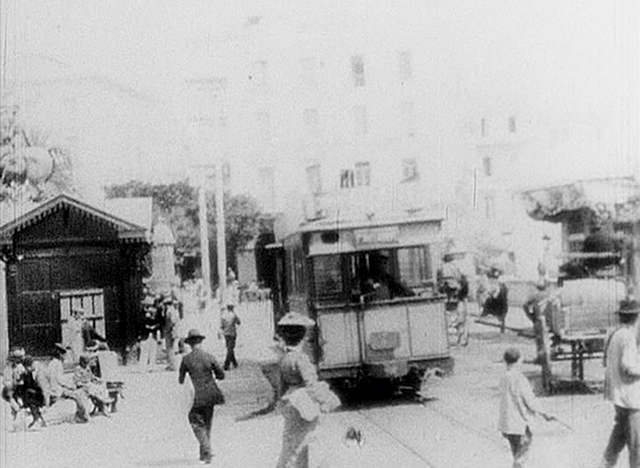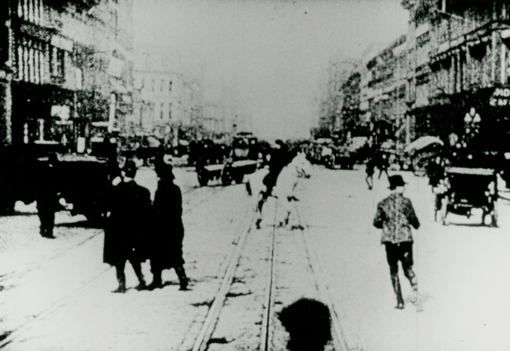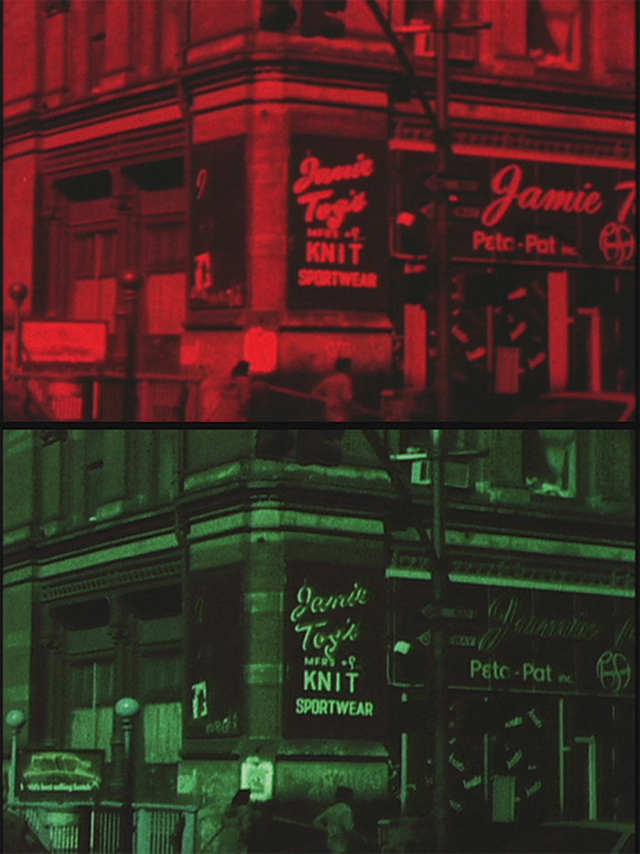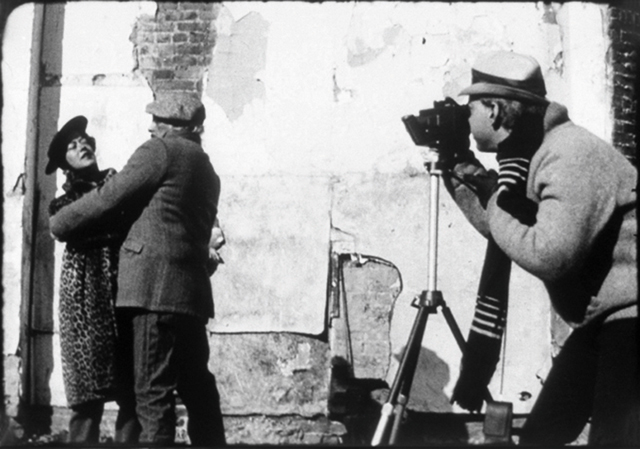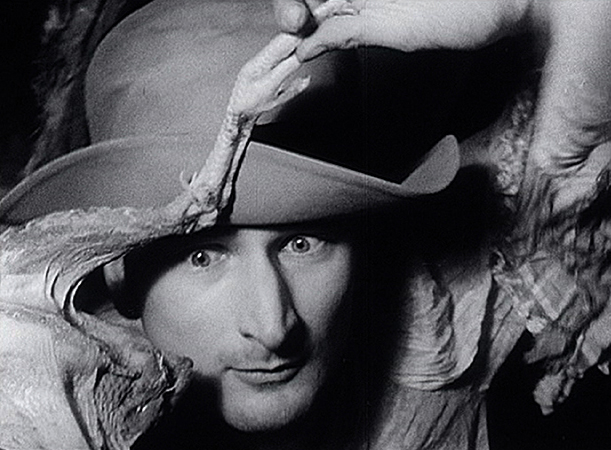Blonde Cobra is an erratic narrative -- no, not really a narrative, it’s only stretched out in time for convenience of delivery. It’s a look in on an exploding life, on a man of imagination suffering pre-fashionable Lower East Side deprivation and consumed with American 1950’s, 40’s, 30’s disgust. Silly, self-pitying, guilt-strictured and yet triumphing -- on one level -- over the situation with style, because he’s unapologetically gifted, has a genius for courage, knows that a state of indignity can serve to show his character in sharpest relief. He carries on, states his presence for what it is. Does all he can to draw out our condemnation, testing our love for limits, enticing us into an absurd moral posture the better to dismiss us with a regal ‘screw-off.’ (Ken Jacobs)
